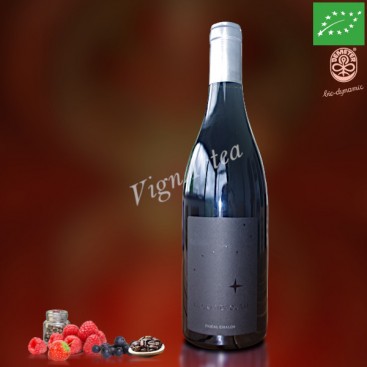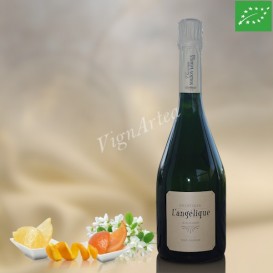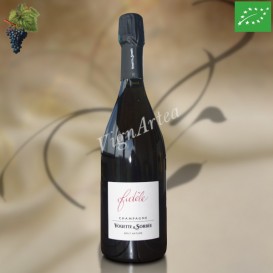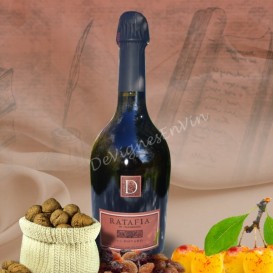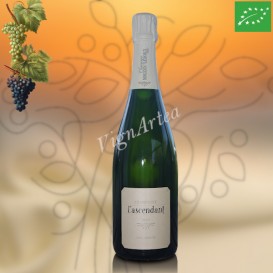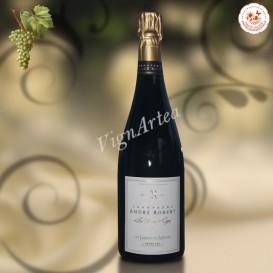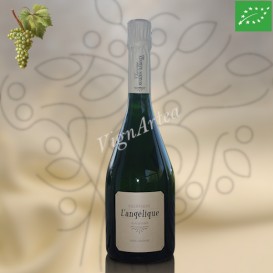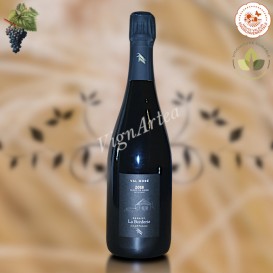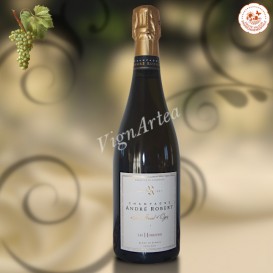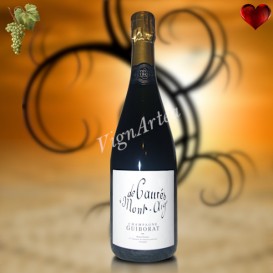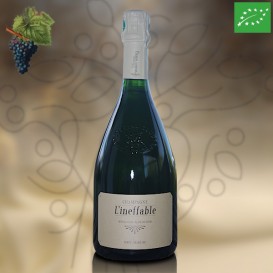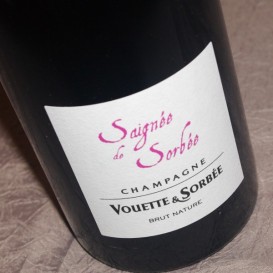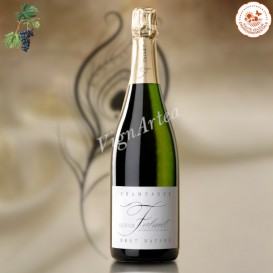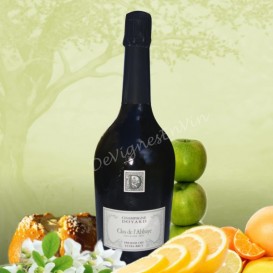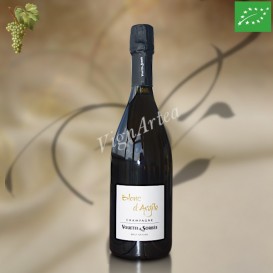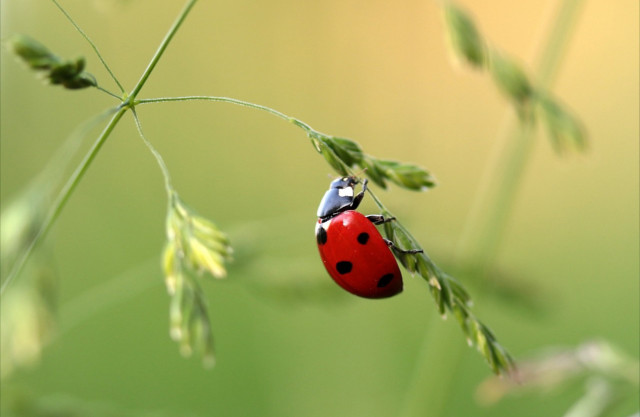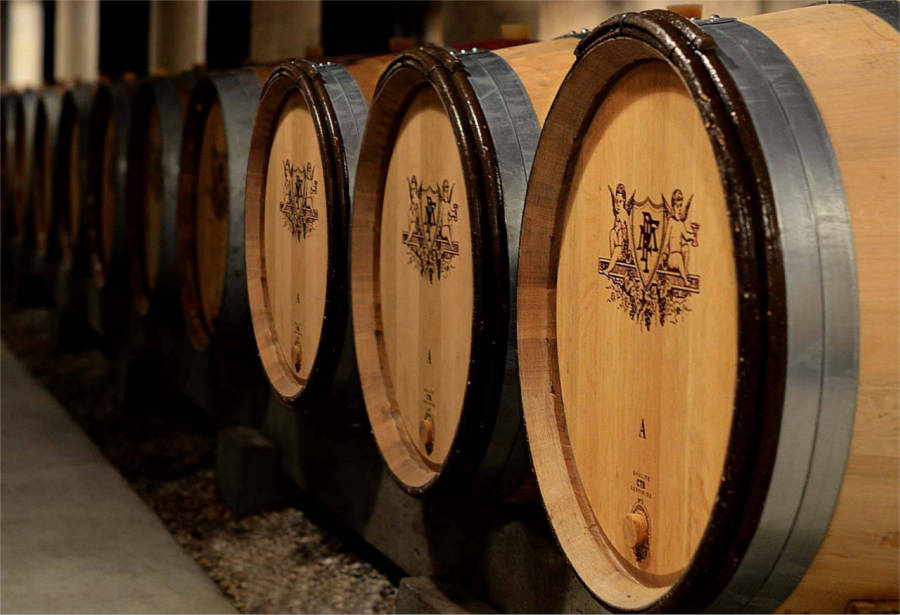URSA MAJOR 2020 RED WINE (Pascal CHALON)
RHÔNE - AOP CÔTES DU RHÔNE VILLAGES SUZE-LA-ROUSSE - RED WINE
Grape varieties: Grenache noir (55%) - Mourvèdre (30%) - Syrah (10%), Counoise & Muscardin (5%)
Organic wine Natives Yeasts Ageing of 12 months
- Nose: concentrated. Spicy notes, black fruits with a hint of coffee.
- Palate: rich and silky. Very fine tannins. Long-lasting aromas, fruity finish.
- Tasting date: June 2023.
- OUR OPINION: very successful, a dense, deep, rich wine. Perfect!
TERROIR
The red wine URSA MAJOR is a blend of the same 5 grape varieties that make up the red wine LA GRANDE OURSE, but the proportions are different : the Grenache noir variety is in the majority (80%), while the remaining 20% is shared between Mourvèdre, Syrah, Counoise and the Muscardin, a grape variety originating in Vaucluse and almost forgotten. The Muscardin is never vinified alone but always assembled, it brings freshness and a beautiful acidity to the blend.
The plots that make up URSA MAJOR are located on the TULETTE terroir and more precisely on hillsides, on a sandy-clay silt soil with the presence of limestone gravel. This recently formed soil is of fluvial origin.
WINEGROWING & WINEMAKING
Although the estate is not DEMETER certified yet (certification is planned for 2021), Pascal CHALON is already using biodynamic preparations and herbal teas to cure the plants. Its goal is to increase the plant decoctions to minimize the copper use in the vineyard because the latter saturates the soil. The wines have been certified Organic Farming since 2008.
The grapes are harvested manually and are sorted directly in the vineyard, at picking time. Each of the five grape varieties is vinified separately, with very moderate use of SO2 during the different stages of vinification.
The grapes are destemmed before being crushed and then placed in vats for a maceration of about 3 weeks. The marc cap which forms on the surface is regularly broken by punching down and reincorporated into the must by pumping over, an action carried out every day and which consists in racking the juice from the tank's bottom to pour it onto the cap which floats at the tank's top.
During the maceration phase, alcoholic fermentation starts under the native yeasts action. The must is then racked (free-run juice) and the marc is pressed (press juice). Press juice and free-run juice are combined except for the Grenache noir, of which only free-run juice is kept. The musts of the different grape varieties are then racked for a 12-month ageing phase which takes place :
- in 228 liter barrels for the Mourvèdre
- in demi-muid for the Syrah, the Counoise and the Muscardin
- in oval cask for the Grenache noir.
At the end of the ageing phase, the different grape varieties musts are blended, then filtered before bottling. No fining is done.
| Country | Rhône Valley |
| Color | Red |
| Orange wines | No |
| Clay amphorae wines | No |
| Type | Dry |
| Vintage | 2020 |
| Capacity | 75 cl |
| Variety | Grenache noir (80%), Mourvèdre&Syrah&Counoise&Muscardin (20%) |
| Main Grape Variety(ies) | Grenache noir |
| Quality Designation | Côtes-du-Rhône Villages |
| Cellar Potential | 10 years |
| Service advise | 17°C (63°F). Open 1/2 hr before the service. |
| Culture Methods | Certified Organic Agriculture |
| Total SO2 | 23 mg/l |
| Fining | No |
| Filtering | Yes |
| Comments | Total destemming ♦ Maceration of 3 weeks ♦ Native yeasts. Ageing for 12 months in barrels, demi-muid & casks ♦ Few sulphits addition, filtering, no fining. |

